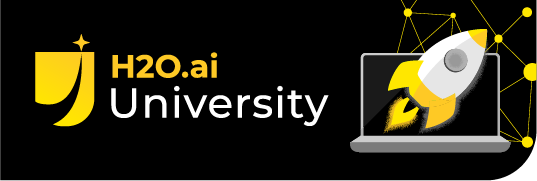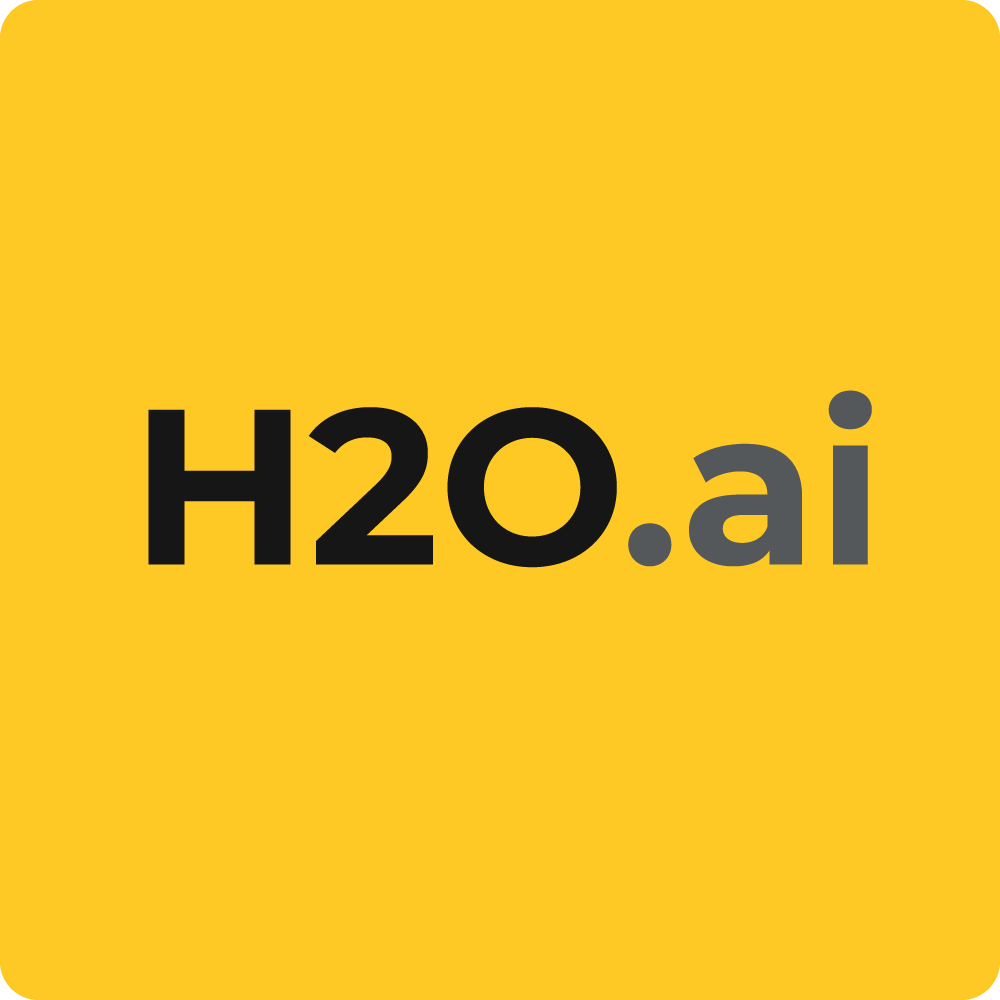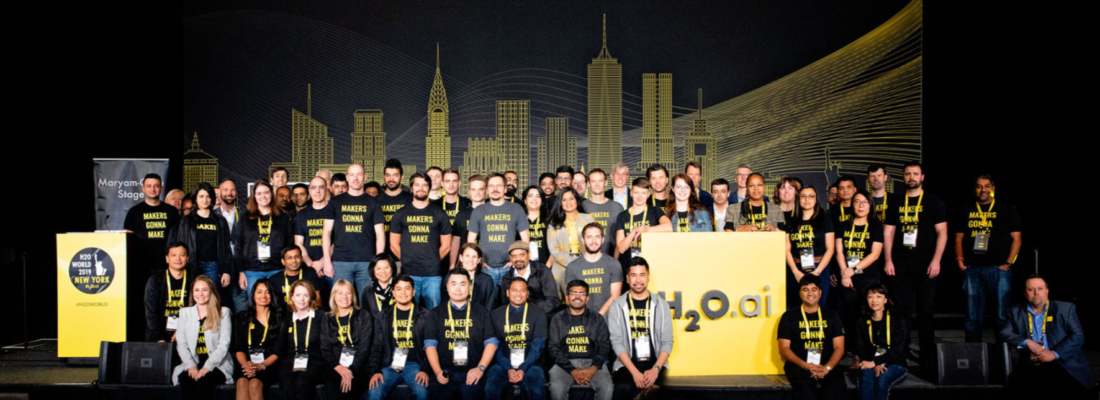H2O World New York happened a few days ago and we are still in awe of the conference. It is rewarding to see such a strong community and recognized industry professionals making meaningful connections and learning with each other. We are grateful for having so many makers and customers joining us – in person and via live stream – for a full-day of AI, machine learning, data science, and explainable AI conversations.
If you missed the opportunity to attend the conference in New York, don’t worry! You can check some of the highlights below:
1. Stellar speakers from various industries and backgrounds. Attendees had the opportunity to get valuable insights from our very own Founder and CEO Sri Ambati; Charles Elkan, from Goldman Sachs; Weiyan Zhao, from Nationwide Insurance; Gautam Borgohain, from PropertyGuru, Scott Lundberg, from Microsoft Research, and much more.
2. An announcement of H2O.ai’s latest innovations , including a preview of our new AI platform for business, H2O Q, that provides a new way for new categories of business users to take advantage of AI.
3. Two hands-on training of our automatic machine learning platform, H2O Driverless AI (An Intro to H2O Driverless AI and How to Get Started with Driverless AI Recipes )
4. A panel with 10 Kaggle Grandmasters – the largest one to date! Sudalai Rajkumar “SRK”, Dmitry Larko, Branden Murray, Mark Landry, Shivam Bansal, Olivier Grellier, Kim Montgomery, Yauhen Babakhin, Pavel Pleskov, and Rohan Rao shared their tips, tricks, and insights on how to be successful on the Kaggle platform. You can watch the replay of the panel here .
5. A Diversity and Inclusion Panel with Erin Ledell (H2O.ai), Meg Mude (Intel), Shar Rubio (Rabobank), Josie Williams (New York University), and Niki Athanasiadou (H2O.ai) to discuss different views, opinions, and insights on this important topic moderated by Ingrid Burton (H2O.ai). Watch the replay here .
Stay tuned for our next H2O World coming soon! You can follow us on Twitter and LinkedIn to get the latest information on us.
Also, if you are in New York on November 4th and have the interest to become an expert on our automatic machine learning platform, H2O Driverless AI, register for this full-day hands-on training .












